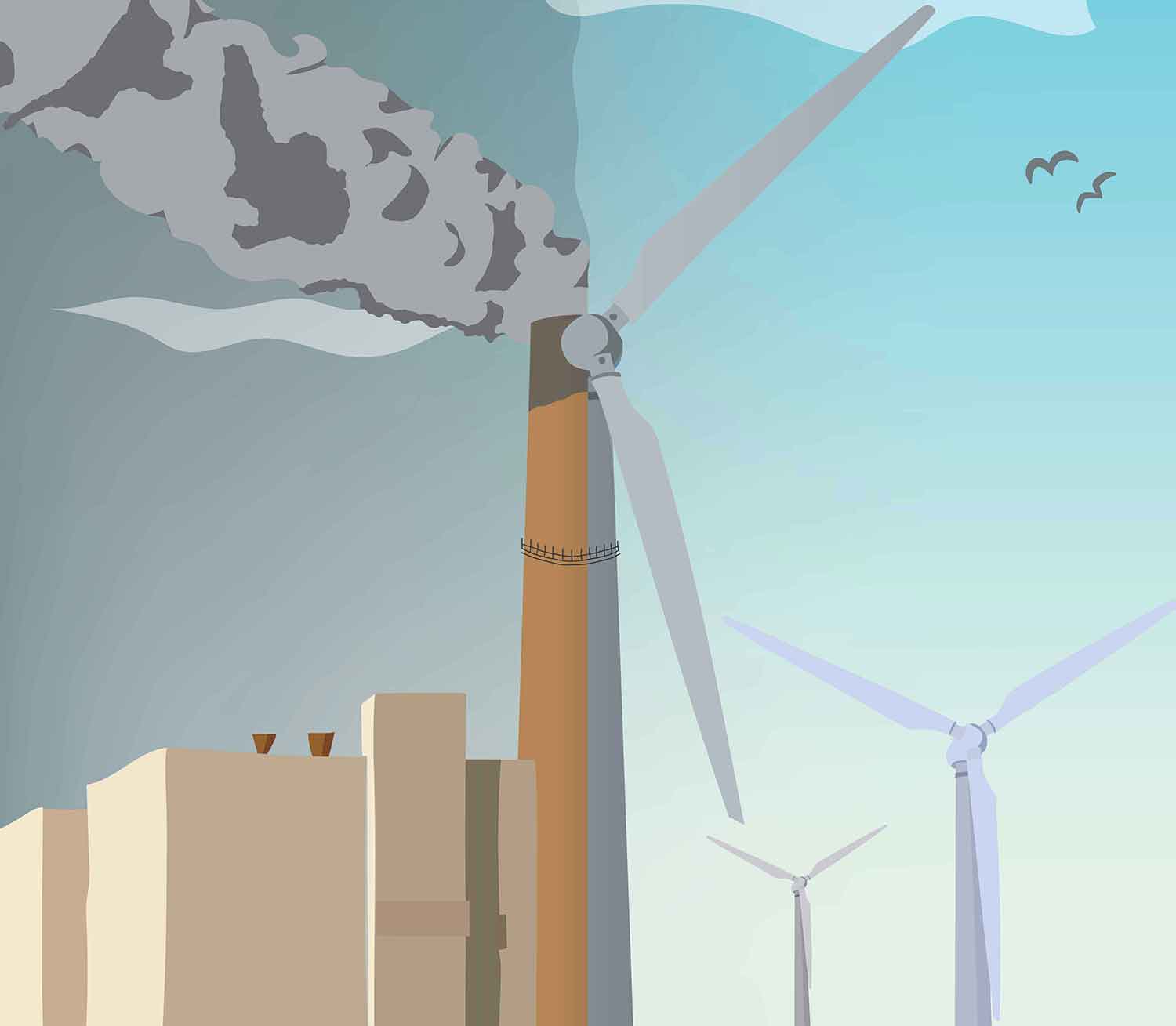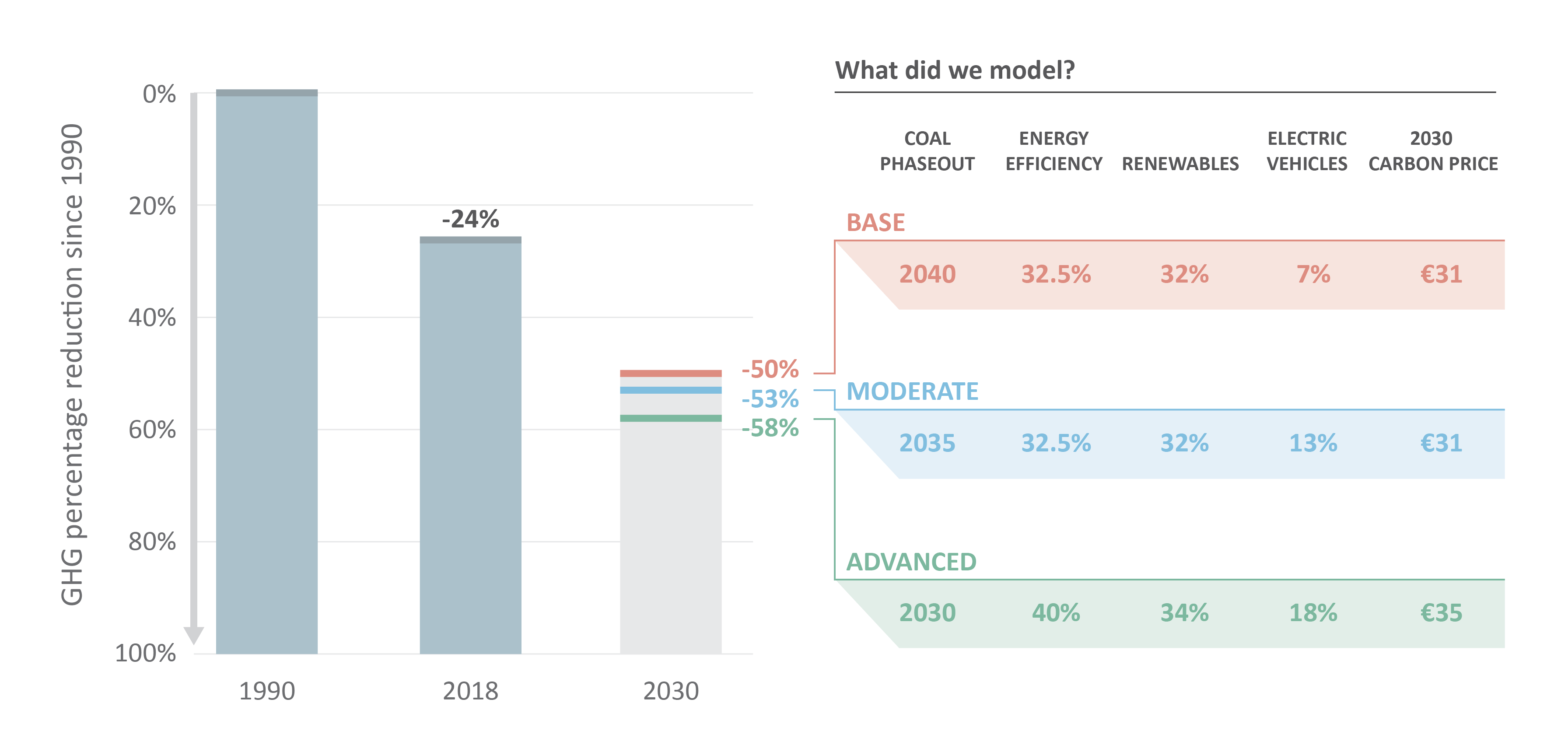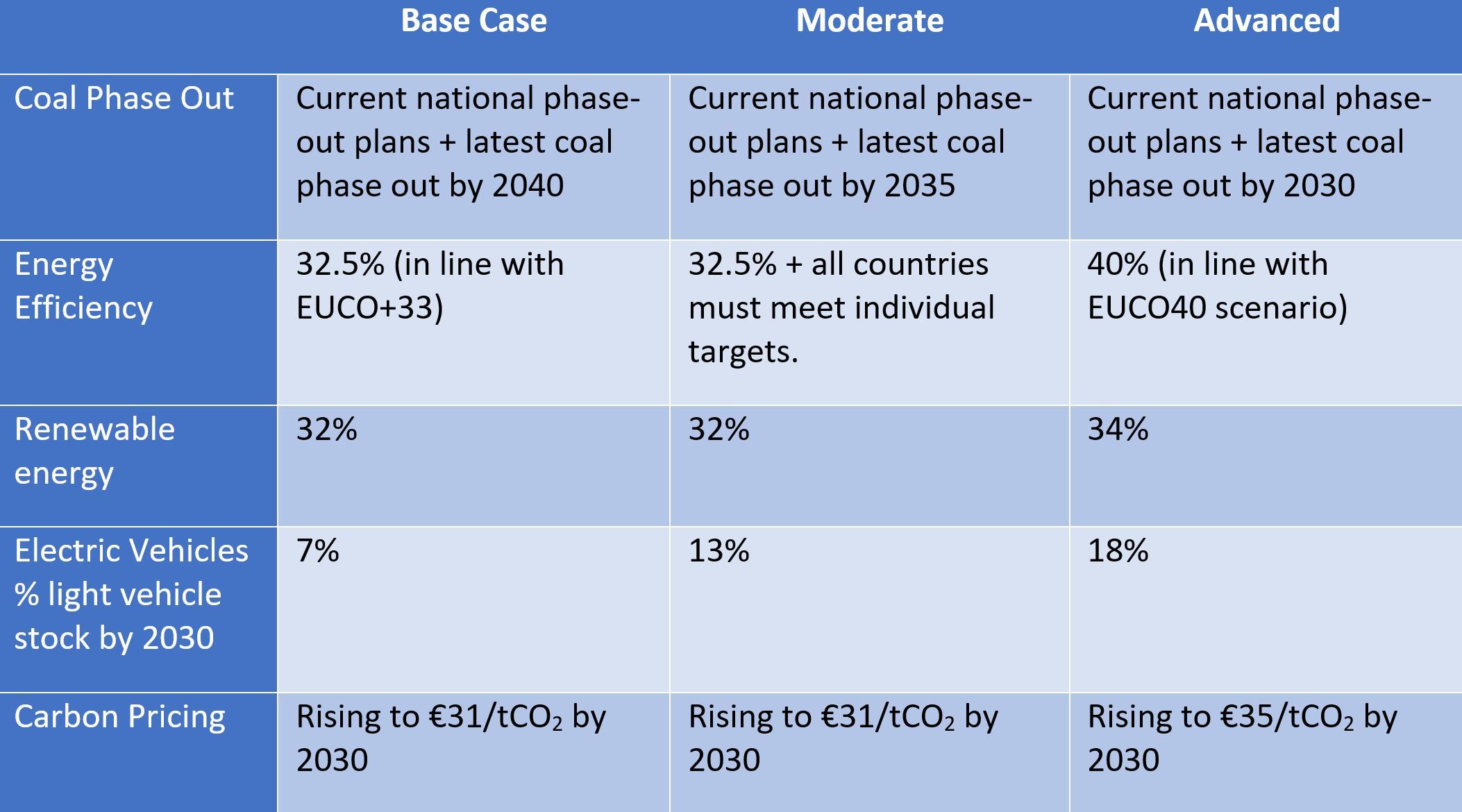26th March 2019: Next year marks a halfway point for the EU. It will be 30 years since the first IPCC report, and 30 years to when the EU will be fully decarbonised. We will be half-way in time – but with 2018 GHG emissions at 24% below 1990 levels – we will be only around a quarter of the way there in effort. The EU is backloading action on climate change.
This report brings good news: Europe already has the policies in place it needs to halve its emissions by 2030, compared to 1990. We modelled all the policies already in place – like those of the Clean Energy Package, the mobility packages and announced coal phaseouts – and our results show this would deliver a cut of 50% in GHG emissions. This is more than the Commission’s Long-term Strategy modelling last year of 46%, in a large part because our report also models coal phase-outs that have been agreed.
This means discussion on Europe’s climate ambition in 2030 changes from “at least 40%”, to become “at least 50%”.
Download the Full Report (PDF, 1.4MB)
1) Climate policies already agreed by the European Union and Member States are already on track to deliver a 50% GHG reduction by 2030
This means the new “business as usual” ambition now to be discussed should be at least 50%.
The power sector is a very important driver, accounting directly for half of the EU’s emissions cuts from 2018 to 2030 as coal is replaced with renewable electricity. But it also indirectly contributes to the decarbonisation of other sectors as transport, industry and heating begin to be electrified using even more renewable electricity.
The main difference between the 50% reductions in this report, and the Commission’s Long-term Strategy modelling – which estimated reductions of 46% to 2030 – is that this report models all the announced coal phase-outs – and a 2040 coal phase-out for countries with no announcements yet – resulting in a low level of coal burn by 2030.
2) With future adjustments to climate policies, a GHG reduction of 58% by 2030 is possible
This report modelled a “Moderate” scenario which gave a 53% cut, and an “Advanced” scenario which gave a 58% cut. In order to achieve the step up from 50%, we adjusted five model assumptions critical to climate ambition: coal phase-out dates, energy efficiency, renewable energy penetration, electric vehicle penetration and carbon pricing. Emissions reductions above 58% are possible if further policies or more ambitious changes are considered.
3) Setting a tighter EU 2030 GHG target, above business as usual, would help strengthen the focus on better implementation of existing climate policies
There have been so many additional policies agreed in the past 3 years, that the need for uprating the overall ambition has grown all the more necessary. It is crucial to ensure that overall carbon budget, as well as the ETS and ESR carbon budgets, always support the coherence of all these measures. It takes a lot policies working well together to avoid undesirable scenarios. For example to avoid electric cars powered by coal, or to avoid a dash-for-gas in the rush to phase-out coal.
Key assumptions for the three modelling scenarios of EU emissions to 2030
“The comprehensive modelling used in this report gives confidence that 50% is already achievable, not least because of the commitment of many national governments to phase out coal by 2030. Every day it seems that countries, cities and companies are all clamouring to promise more climate ambition. It’s important that high-level EU climate commitments lead and not lag, so that climate policies can be implemented to provide meaningful emission cuts.
To eventually get to net zero, the EU is backloading effort. Near-term emission cuts will make it easier and less costly to eliminate emissions by the middle of the century.”
“This report is a good news story, showing that the EU is already well on track to significantly overshoot its 2030 emissions reduction target – even the conservative assumptions in our model allow the EU to reach cuts of 58%. Going beyond 58% is possible with political will. This is thanks to all the incremental progress made since the ratification of the Paris Agreement and underlines the fact that we have a new policy baseline from which to work. One that gets us at least halfway to a net zero emissions EU.”



